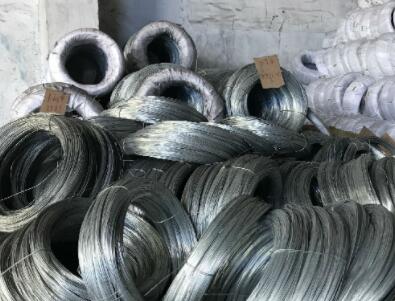Understanding Plant Support Cages Enhancing Growth and Stability
Gardening is a rewarding endeavor that requires careful planning, attention to detail, and the right tools to ensure plants thrive. One such tool that has gained popularity among gardeners is the plant support cage. These structures serve various purposes and can significantly enhance the growth and health of plants, especially those that are tall or vine-like. In this article, we'll explore the importance of plant support cages, the different types available, and tips for using them effectively.
The Purpose of Plant Support Cages
Plant support cages are primarily designed to provide stability for plants that tend to grow tall or sprawl across the ground. This is especially useful for vegetables such as tomatoes, cucumbers, and peas, which can become top-heavy as they grow. By supporting these plants, cages help keep the foliage off the ground, reducing the risk of rot and pest infestation. Additionally, support cages can enhance air circulation around plants, allowing them to receive optimal sunlight and nutrients from the soil.
Using plant support cages also promotes better fruit development. When plants are elevated and supported, the fruits have less chance of encountering soil-borne diseases. Moreover, plants that are properly supported often yield a larger harvest, as their energy is directed toward growth rather than struggling against gravity.
Types of Plant Support Cages
There are several types of plant support cages, each suited for different plant species and gardening styles. Here are some common types
1. Tomato Cages These circular, wire structures are designed specifically for tomato plants. They come in various heights and diameters, providing robust support as the tomato plant grows and bears fruit.
2. Trellises Trellises can be single or double structures that plants climb. They are ideal for vining plants like cucumbers, beans, and peas. A trellis allows for vertical growth, conserving space and making harvesting easier.
3. Fencing Cages These cages are usually made of mesh or wire and provide sturdy support for larger plants. They can be used for both ornamental and vegetable gardening and are effective in keeping animals out while supporting plant growth.
plant support cage

Tips for Effective Use of Plant Support Cages
To maximize the benefits of plant support cages, consider these tips
1. Choose the Right Size Select a cage appropriate for your specific plant variety. Ensure it is tall enough to accommodate the plant's full growth potential and wide enough to allow for healthy air circulation.
2. Install Early It's best to install cages when plants are young, as this allows them to grow into the support structure more naturally. This practice minimizes root disturbance and encourages healthy growth.
3. Secure the Base Ensure that the base of your plant support cage is stable and securely anchored into the ground. This is particularly important during storms or heavy winds, as loose structures can topple over easily.
4. Monitor Growth Keep an eye on your plants as they grow, and adjust ties or supports as necessary. Regularly check for any signs of stress or damage that may require immediate attention.
5. Consider Materials Different materials have varying lifespan and utility. Metal cages tend to be more durable, while plastic or bamboo options may be lighter and easier to work with. Choose based on your garden's needs and your personal preferences.
Conclusion
In conclusion, plant support cages are an invaluable investment for both novice and experienced gardeners. They not only provide necessary support for plants but also contribute to healthier growth and higher yields. By understanding the various types of cages available and following best practices for their use, gardeners can ensure their plants reach their full potential. So, whether you're cultivating a small herb garden or a larger vegetable patch, integrating plant support cages into your gardening toolkit can make a significant difference in your overall success. Happy gardening!

















